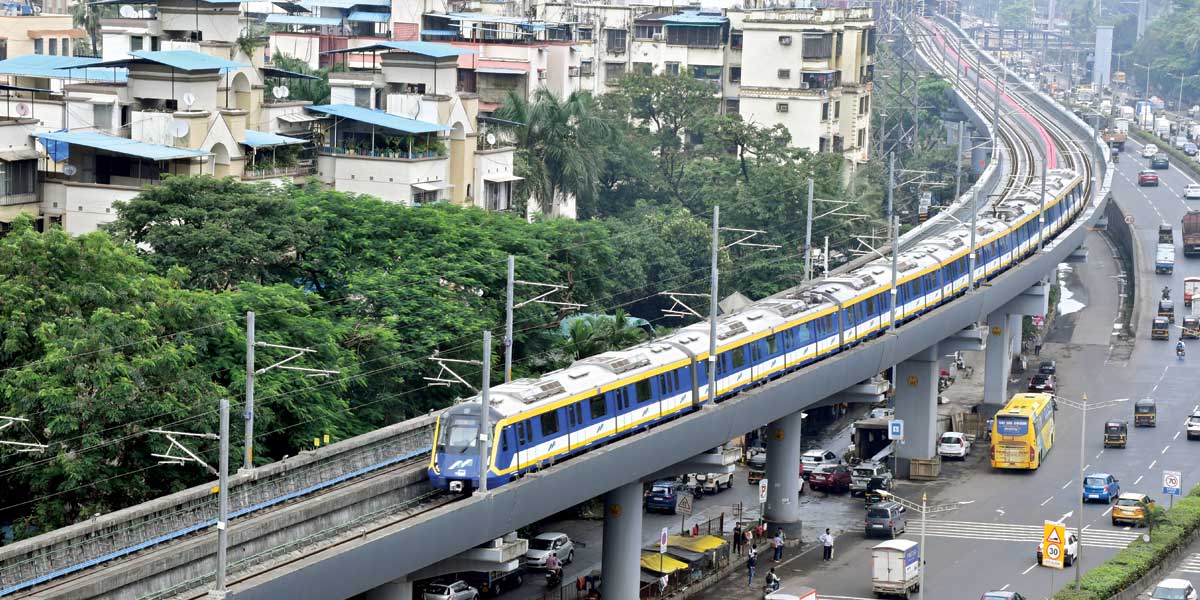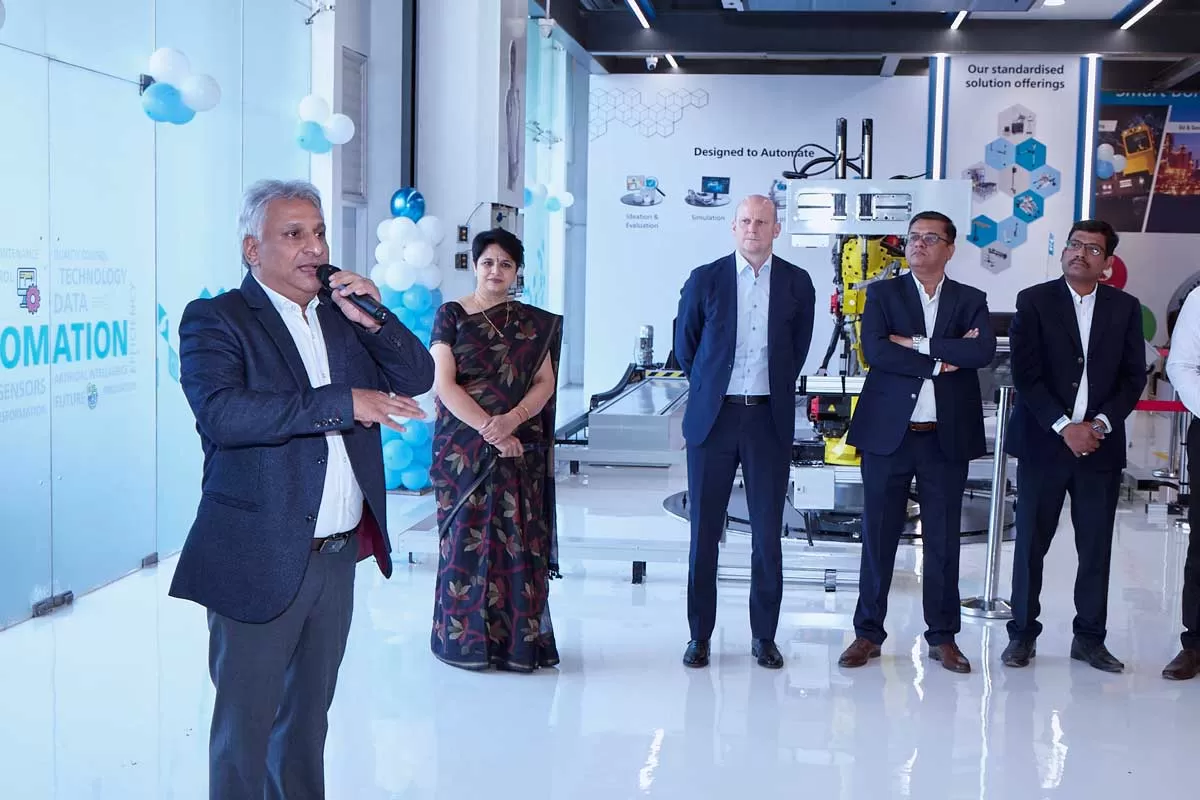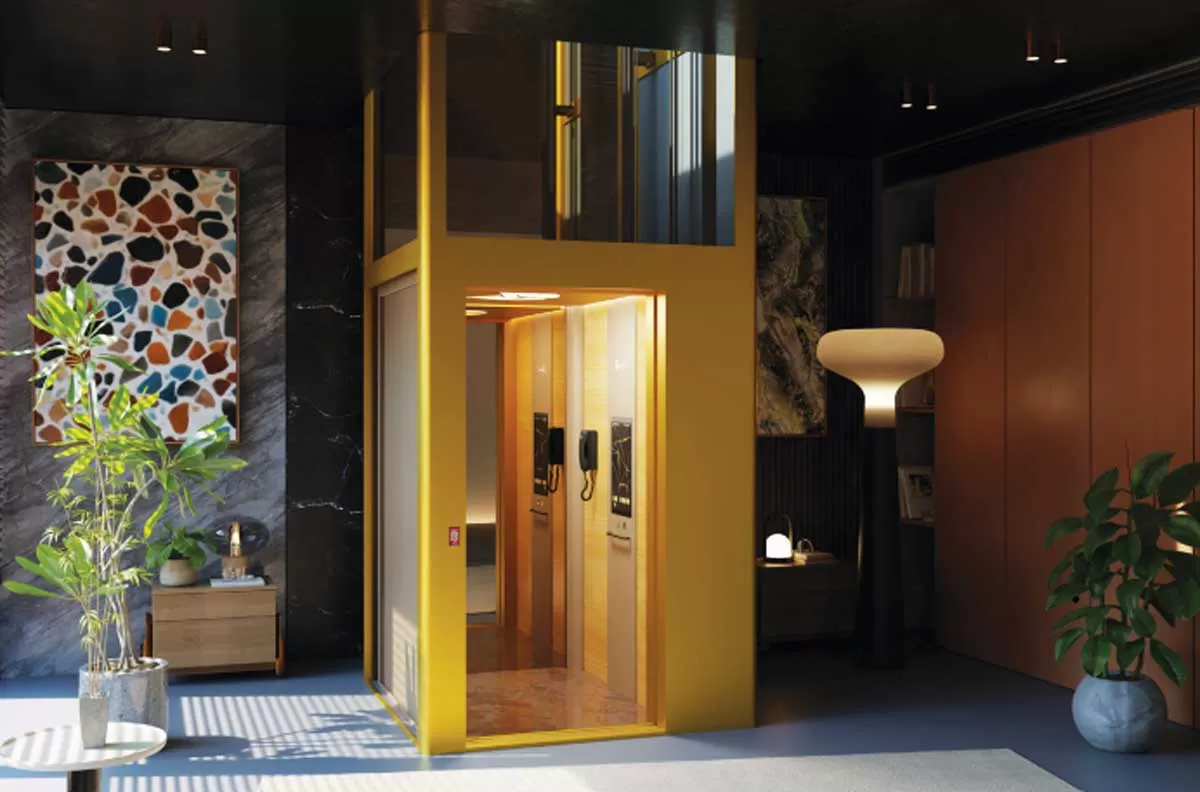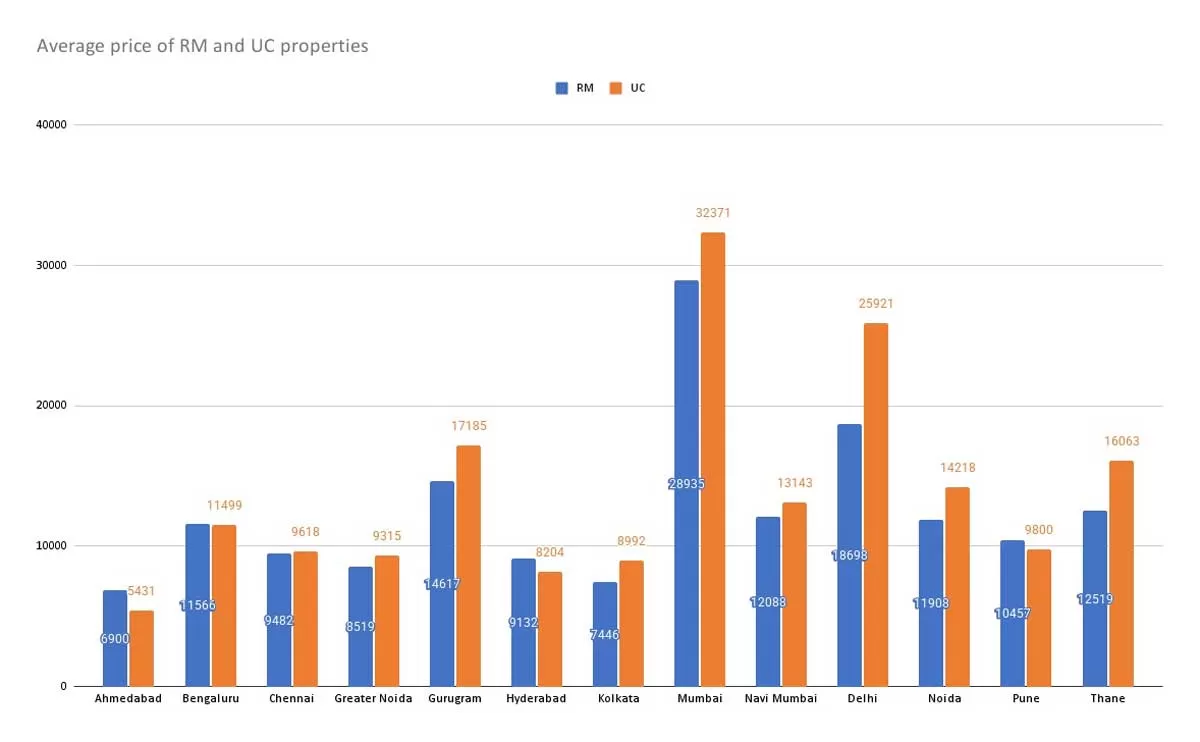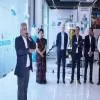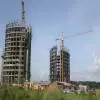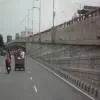India has seen nothing short of a metro revolution in the last decade, with the number of cities with a metro-rail system increasing from five in 2014 to 20 in 2023. Today, India’s operational metro route length is nearing 900 km, the world’s fourth longest, behind only China, South Korea and the US. Projects to expand this network by about 700 km are underway and there’s a lot more to come. By 2047, the Government plans to increase the operational route to 5,000 km in 100 cities.
What’s behind such fast-paced expansion, and how can India ensure that the new rollouts
are sustainable?
The expansion model
The fact that all the operational metro-rail systems across India’s major Tier 1 cities have been established within the past two decades (with the exception of the Kolkata Metro), yet are already functioning at full capacity, especially during peak hours, indirectly justifies the substantial investments made by the Government in these projects, opines Karun Sareen, Partner, Major Projects Advisory, KPMG in India. “It is inconceivable today to contemplate urban mobility in those cities without the presence of their metro systems. Consequently,
all these cities are either undertaking or have announced plans for the expansion of their existing metro lines.”
It’s not just Tier 1 cities. “To meet escalating mobility demands resulting from the expected twofold increase in urbanisation over the next 25 years, governments are allocating resources to metro-rail projects even in Tier 2 cities with populations exceeding 1 million,” he continues.
“Ministry of Housing and Urban Affairs (MoHUA) guidelines advise any city with a population of over
1 million to start planning a mass transit system, and this is being followed in many cities that meet that criteria,” affirms Sunil Srivastava, Managing Director, Balaji Railroad Systems, a consultancy that has been involved with feasibility studies for new metros in Odisha and Madurai. “Essentially, India’s policy framework is encouraging the expansion of the country’s metro-rail network.”
However, as many of the new metro projects are expected to return lower finances than what’s needed to sustain them, Sareen notes that “in smaller cities and even in larger urban centres with supplementary system projects, the consideration of innovative mass-transit alternatives like metro-lite and metro-neo, with a capital cost significantly lower than traditional metro-rail systems, is underway and such cost-effective alternatives could help address the financial viability challenge.”
Such prudent decisions are being taken in a few cities.
In Visakhapatnam and Vijayawada, the Andhra Pradesh Metro Rail Corporation has decided in favour of a cost-effective smaller and smarter light metro-rail project, after studying conventional metro systems in the country, both operational and those under construction, UJM Rao, Managing Director, Andhra Pradesh Metro Rail Corporation, tells CW. “Right from the construction stage itself, we will adopt cost-optimisation and cost-saving measures for the Visakhapatnam project to make it the most financially viable.”
Rao strongly recommends that the light metro-rail system be adopted in all Tier 2 cities where the present population is less than
5 million and expected to grow normally in the next 35-40 years. “Both the capital investment and O&M expenditure may be greatly saved and the revenue losses presently experienced by many operational metros minimised,” he says. “Doing so would bring forward the breakeven point far earlier than as of now. The two-car light metro-rail system will reduce the capex by 20 per cent and the opex by 25 per cent in comparison to the higher versions operational in Delhi, Mumbai, etc. The only significant difference between a three-car system and a two-car system is passenger capacity: 800 vis-à-vis 425 passengers. The light metro system is smoothly upgradable to a higher version, when required, with slight modifications/improvements.”
Sushil Kumar, Managing Director, UP Metro Rail Corporation, adds that the Gorakhpur Metro project will likely operate as a metro-lite system, consisting of two corridors from Shyam Nagar to MMM Engineering College and BRD Medical College to Nausad Chauraha.
While building a metro in cities is a good step toward providing eco-friendly public transport, Srivastava believes local governments need to look on the mass-transit system as more than a means of providing easy mobility along congested corridors.
“Authorities aren’t looking at these long-term assets with a long-term perspective; that is, as a means for decongestion and guided development of the city,” he explains. “A well-planned mass transit system can be used to connect and thereby develop far-flung areas on city outskirts, thereby decongesting and not overburdening the main city. Globally, city planners have very effectively used the metro to aid development where they would like to. To some extent, Navi Mumbai and Noida are doing this. But most metro cities have lost out on this as their planning and development
of metro systems came very late in the day.”
Besides selecting an appropriate model for a city, to make any metro project sustainable, there is a need to reduce construction and operational costs and adopt technologies to increase revenue. This involves adopting faster,
less expensive construction methods; incorporating sustainability features in stations; indigenising components; adopting technology to attract riders and increase revenue and introducing project management across the asset lifecycle.
Construction innovations
Innovative construction methods and new technologies would help meet the stringent delivery timelines of big-ticket transportation infrastructure projects that are currently under execution, like the Mumbai-Ahmedabad high-speed rail, the Delhi-Meerut semi high-speed rail and metro-rail systems in many Tier 2 cities, says SV Desai, Whole Time Director & Senior Executive Vice President (Civil Infrastructure), L&T.
Among these, he counts full span construction, offsite construction using precast elements, a variety of digital tools like LiDAR and drones for surveys, BIM, geospatial technologies, AI, virtual and augmented reality, 3-D printing, robotics and, of course, IoT.
Some change is underway. The Delhi Metro Rail Corporation (DMRC) is currently constructing
65 km of new lines under Phase 4 of its expansion across three different corridors, shares Anuj Dayal, Principal Executive Director, Corporate Communications, DMRC. “A TBM on the Aerocity-Tughlakabad section was lowered using a methodology deployed for the first time for a DMRC project – the mega-lift or strand-jack arrangement by lifting and lowering the fully assembled TBM of 450 mt in a single go.”
In Bengaluru, “for Phase 2A and 2B, we have adopted precast pier caps and U-girders for speedy construction; these technologies will reduce construction time by
30 per cent,” says Anjum Parwez, Managing Director, Bengaluru Metro Rail Corporation.
Among the latest construction methods being deployed for faster and safer construction of metros with minimum inconvenience to public and environmental damage, Vishwas Jain, Managing Director, Consulting Engineers Group, includes the extensive use of precast elements like full span girders, balance cantilevers, cable-stayed, precast pier caps, precast retaining walls and boundary walls, precast portal beams, eccentric pier, precast station building elements including slabs, etc. Also, the plant and machinery being used, such as versatile cranes and launchers, trench cutters and high-capacity hydraulic rigs, have been developed to work faster, more silently and productively, and deliver better outcomes.
The standardisation of various metro components, as outlined by MoHUA, has resulted in the uniformity of various products being used, including civil structures, and further helped develop a Make in India industry offering which optimised costs, opines Jain.
Looking to the future, Desai points out that “there is an urgent need to move from custom designs to standard designs”.
For example, every metro rail authority prefers to adopt customised designs of various elements of the viaduct to bring uniqueness to their project. Whereas, standard designs would enable standardisation, modularisation and the prefabrication of components reducing the lead time for engineering and procurement, thereby reducing project implementation time, he explains. “Digitalisation and automation will play an even more pivotal role in coming years to improve productivity, reduce costs and wastage, enhance efficiencies, and reduce execution time.”
Sustainability focus
Uttar Pradesh Metro Rail Corporation (UPMRC) has always kept sustainability in mind as it constructs its infrastructure, says Sushil Kumar, Managing Director. “Right from the outset, building a green and sustainable urban transport system has been our foremost goal. Many researchers study the effects of technological advancements on the construction industry’s carbon footprint. They believe that the industry can achieve carbon neutrality by reducing material emissions, applying new technologies and accessing renewable energy sources. Our company has adopted all these in our projects. As a result, UPMRC has been lauded by the Indian Green Building Council (CII-IGBC). All 21 stations of the Lucknow Metro Rail Project and nine stations of the priority corridor (IIT-Motijheel) of the Kanpur Metro Project achieved Platinum certification, the highest green building rating, even before the commencement of commercial operations. Now, the Agra Metro Rail Project is also incorporating these features to achieve the highest standard green building certification. Besides, UPMRC achieved ISO certification, ISO 14001 (Environment Management Systems) Project, for construction activities, for the entire 23 km of the Lucknow Metro as well as for the Kanpur Metro. Similar arrangements to achieve ISO certification for the balance section of the Kanpur Metro and Agra Metro Rail Project are already in progress; it will be achieved in the due course of time.”
Among the green features that would help contribute to the sustainability of metro-rail systems, Sareen counts eco-friendly materials, green rooftops at stations, waste recycling facilities, energy-efficient designs, LED lighting and energy-efficient
HVAC systems.
Electricity consumed for O&M costs almost 60-65 per cent of the total earning; says Jain. “This must be minimised by extensively using solar and wind energy and energy-saving technologies like VRF, efficient power supply and transmission equipment.”
That said, Kumar points out
that “the availability and affordability of low-carbon materials and technologies can be a challenge as many construction companies may have limited awareness of low-carbon construction methods, technologies, and materials; may lack the necessary knowledge and expertise to effectively implement these strategies; and/or may be limited by cost considerations. Low-carbon construction methods often involve higher upfront costs compared to conventional approaches. Construction companies may face challenges in justifying these initial investments to clients or in securing funding for sustainable projects. They may struggle to source sustainable materials and find suppliers who can meet their
project requirements.”
Indigenise components
The indigenisation of all metro-rail system components, encompassing rolling stock components, track infrastructure, signalling systems and O&M spares, would help bring down the cost of metro projects, notes Sareen.
Mumbai’s Colaba-Bandra-SEEPZ Metro Line 3 (Aqua Line), which was indigenously designed, manufactured and commissioned by Alstom, adheres to the brand’s environment-conscious design, with the primary goal of limiting the lifetime environmental impact.
“Our eco-design method is based on three fundamental elements: considering a product lifecycle from multiple perspectives, considering the expectations of all stakeholders (clients, the public, etc), and the continuous improvement of the solutions developed,” says Anil Kumar Saini, India RSC MD, Alstom. “Alstom is developing, producing and commissioning 31 modern passenger train sets with eight cars each for Mumbai’s first totally underground metro project. These metro trains will be a testament to the company’s superior eco-design principle, with 96 per cent of the mass of materials and components used being recyclable, and
99 per cent being recoverable.”
State-of-the-art technology in manufacturing, particularly in rolling stock and locomotives, has elevated Alstom’s products and significantly streamlined production timelines. Advanced digital tools have helped it streamline design processes. “We leverage VR to analyse and adjust ergonomic elements for the driver’s position without physically constructing costly train models,” says Saini. “Our digital tools, including AI and VR, play a crucial role in our design process, enhancing efficiency
and innovation.”
India has made substantial progress in manufacturing rolling stock for both passenger and freight rail systems, demonstrating a commitment to enhancing self-sufficiency and decreasing reliance on imports, according to Prithish Chowdhary, Director, Marketing & Business Development, Titagarh. “At Titagarh, we are actively contributing towards the Government of India’s Make in India initiative. We have introduced aluminium-bodied metro coaches for the first time in India, manufactured using cutting-edge technologies for the Pune Metro. Our state-of-the-art facility in Kolkata stands as the only unit in India capable of producing both aluminium and stainless-steel coaches under a single roof.
At present, we are involved in executing pivotal projects such as Vande Bharat, Surat Metro and Ahmedabad Metro.”
In the upcoming metros in India, Chowdhary expects innovations to enrich the automation and passenger experience, bolster safety measures, and optimise operational efficiency. Many of these anticipated features are already in the process of being implemented across most Indian metros. For instance, he points out, “An upgrade to the Grade of Automation (GOA) is underway, aiming for GOA4 standards aligned with technological advancements and best industry practices. This transition signifies a complete transformation where the system autonomously manages the train, tracks and platforms, significantly reducing, if not entirely eliminating, the operator’s involvement. Moreover, upcoming metro systems will embrace advanced technologies and contemporary designs, portraying the essence of a
modern India.”
Passenger-oriented development
Introducing technological advancements and innovations aimed at enhancing the passenger experience would make metro-rail travel a more enticing option and, in the process, promote the sustainability of the asset and optimise cost-effectiveness, says Sareen. For instance, he points out the huge scope to incorporate intelligent ticketing and payment solutions, real-time passenger information systems, mobility as a service (MaaS) platforms, accessibility enhancements, Wi-Fi connectivity, high-speed rolling stock with improved comfort, inventive seating designs and in-coach entertainment, etc.
“Most of the new rolling stock has the latest controls and communications technology and is capable of driverless operations,” says Srivastava. He believes new technology can be introduced for asset management, condition-based maintenance, smart ticketing and user experience in terms of wayfinding and signage.
“The use of AI in the operation of trains, process optimisation, building management system, asset management, route optimisation and contactless travel technologies should be introduced,” observes Jain. “A few Indian metros including the Delhi Metro have already moved into driverless mode.”
Skill shortages
The lack of skilled manpower ails the construction industry and even though initiatives have been taken at both policy and industry levels to train manpower, the gap in demand and supply of skilled resources still remains, says Desai. “Although digitalisation and automation
will reduce the dependence on manpower, there is a pressing
need to reskill and upskill our existing workforce.”
Looking at the present work volume, Jain believes there isn’t enough trained and well experienced manpower available. Capacity building by the Government and private sector should address the improvement of skills and familiarisation with the latest construction methodologies and technologies to safely address environmental, traffic, pollution
and noise-related issues during design, planning, construction
and operation.
Managing projects
With so much at stake, it is essential for metro corporations to closely monitor projects to tide over the major challenges.
The major challenges faced by metro projects especially in Bengaluru are delays in land acquisition, environmental issues, traffic congestions during construction in built-up areas, limited working hours in residential areas, limited working hours for material movements to site, and geographical status for underground tunneling, says Parwez. “We’re making all-out efforts to ensure effective coordination between the civic authorities, contractors and other related work groups for timely solutions and regular progress monitoring, so that our metro projects are delivered on time.”
“We regularly monitor under-construction projects by conducting regular meetings with the team stationed at the locations in Agra and Kanpur,” says Kumar. “Additionally, we are also holding meetings with government departments to eradicate administrative lags in land acquisition. All the departments at the state and central level are cooperating with UPMRC and are paving the way for faster project delivery. I personally keep track of every dimension of the project and try my best to deliver quick solutions for the same.”
“To keep up DMRC’s stellar record of completing projects on time, we are closely monitoring the progress of work,” shares Dayal. “Regular meetings are being conducted to ensure all issues are sorted at the earliest. Site inspections by top management are done regularly to personally monitor progress of work.
STAMP (System for Tracking and Monitoring Project), an indigenously developed project monitoring software, has been introduced, through which we can monitor the progress of work with a click of
a button.”
That’s exactly what India needs.-R Srinivasan
